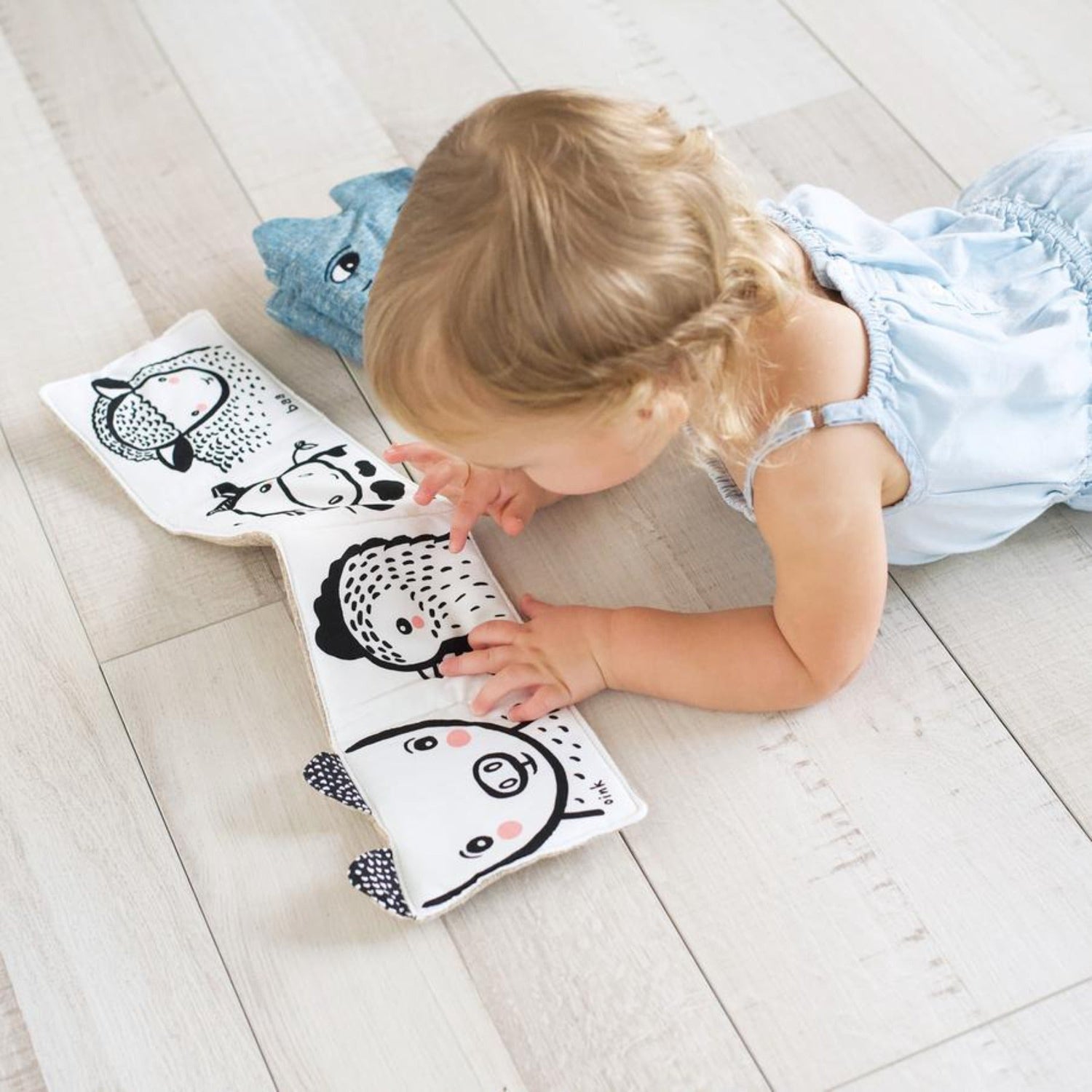One of the biggest milestones in a baby's development is independent sitting. There are many opinions in the world about when it is possible to try to teach a baby to sit, when the baby starts to sit on its own. Previously, various informational publications for mothers stated that 6 months. the baby must already be sitting. Unfortunately, today's experts say otherwise. In this article, we talk about when it is possible to sit a child, when he should already sit on his own and whether forced sitting is a good thing or just, it brings only harm..
Forced planting benefit or harma?
According to many experts, forcing a baby to sit can do more harm than good. The musculature of a newborn baby is not yet fully formed. In the first years of life, his development is extremely important. The muscles that support and prevent the baby from falling to the side when sitting can be formed up to 6 months, and the muscles that prevent falling back can take up to 9 months to develop. If the muscles are not fully developed, the child simply cannot stay in this position, so it can fall over, get caught, and often sitting in an incorrect position can disrupt the development of the muscles.
- Should a child be forced to sit??
One of the most frequently asked questions by parents. Our answer is that if the child does not show any signs of wanting to sit down (rolling over, trying to get up, sit down), it is better to wait a little longer. Forced sitting before the baby is ready for it can be harmful, it can damage the child's spine, lead to an irregular, asymmetrical posture or even a spinal curvature.ą.
- When can you plant a child?
We advise you to sit the baby when you notice the first efforts of the baby to roll over and try to sit. When you notice this, do not ignore his desire and help. We will discuss how to make it easier for the baby to sit and how to help him a little later.
Self-sitting
Your baby will start to sit independently only when his body is ready for it and the muscles necessary for sitting have developed sufficiently, which can be 6-8 months. Until then, you can have a baby to preparefor that Nowadays, there are many tools that can help a child get used to a sitting position, but do not yet require the activity of his developing muscles. A variety of reclining seats, where babies can lie in a semi-sitting position, carriers can help your newborn get used to a new position. However, we do not recommend leaving the baby in such positions for a long time.
- When does the baby start to sit independently??
Another question that often bothers mothers and fathers of babies. Each baby develops at a different pace, so it is really difficult to answer the question of when a baby starts to sit independently. As we have already mentioned, the musculature needed to maintain the proper position of the baby while sitting can be formed up to 9 months. or even more, but there are cases when babies start showing the desire to sit much earlier.
- How to encourage a baby to sit independently?
Train your baby's muscles to encourage him to sit up or sit up on his own. Once you notice that your newborn is holding his head firmly, you can start training him to sit. Take him by the arms, gently lift him to a sitting position and lay him down again. Place the grown-up baby more often on his stomach and encourage him to lean on his hands, knees, feet, roll over on one side, on the other and on the back. A properly strengthened baby's body will be able to sit a little earlier and sit more correctly..
How to facilitate the independent sitting of a small child?
If you notice that your child is curled up trying to sit up, help him. Take it by the hands and plant it while holding it carefully. We recommend teaching children to sit on a base that is not too soft, but not hard either. Pleasant materials can be great for teaching blankets for babies. Sitting on a too soft base, the child may sway or sit unsteadily, and for the first few times, sitting on a hard and unpleasant base will simply be uncomfortable and unpleasant for him. We can also train the baby to sit in various carriers, in the above-mentioned chairs with an adjustable angle, or simply by stuffing the unstable sides with cushions. You can already try to sit the little ones who have learned to sit a littlefeeding chairs. The advantage of high chairs is that they have supports that prevent the baby from leaning too much or falling out. Do not forget that the first few times a child sits, the back muscles tire quickly and he may become irritable, so the first times sitting should only last a few minutes. As soon as you notice a worried child, she immediately puts him down and lets him rest.





